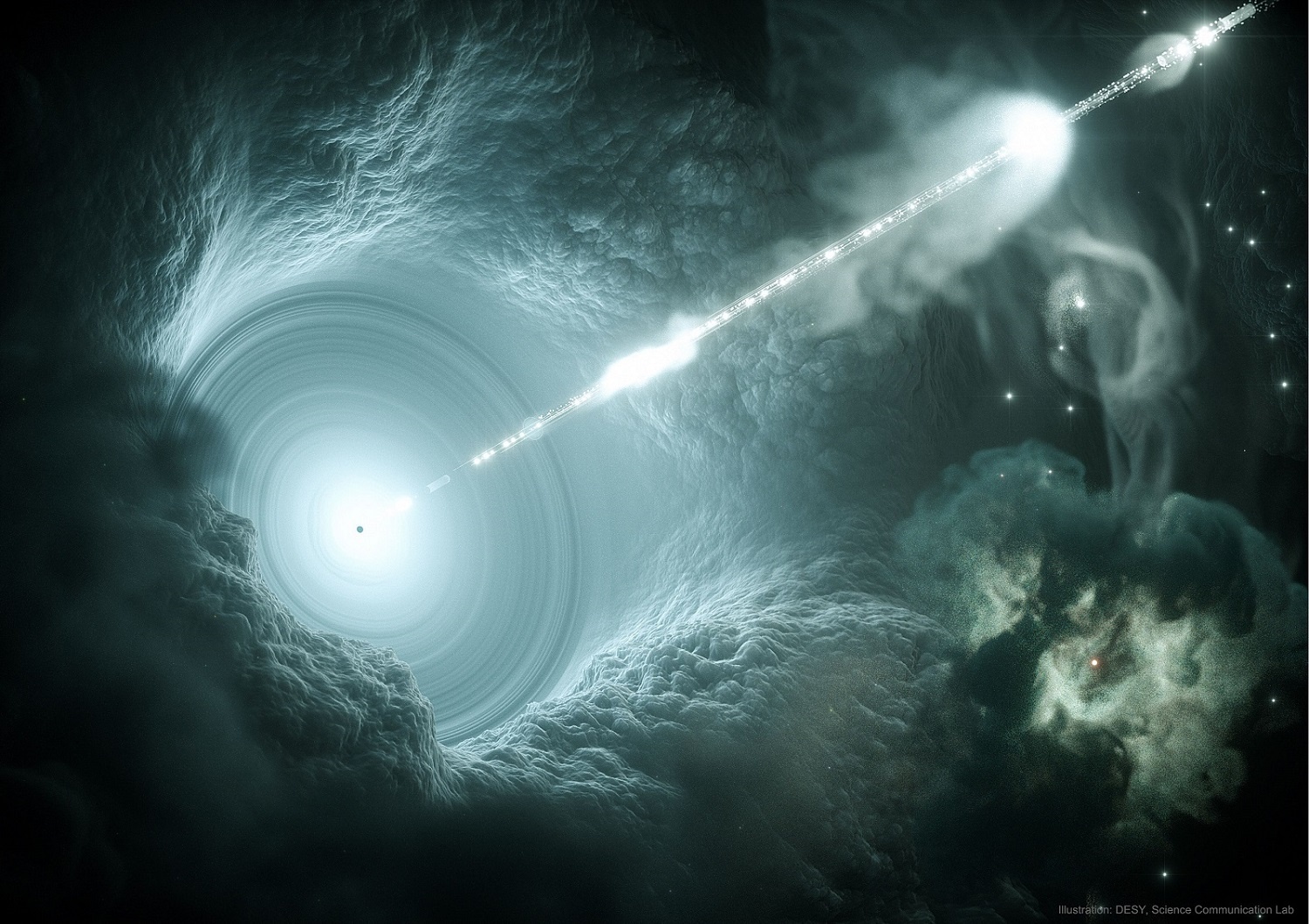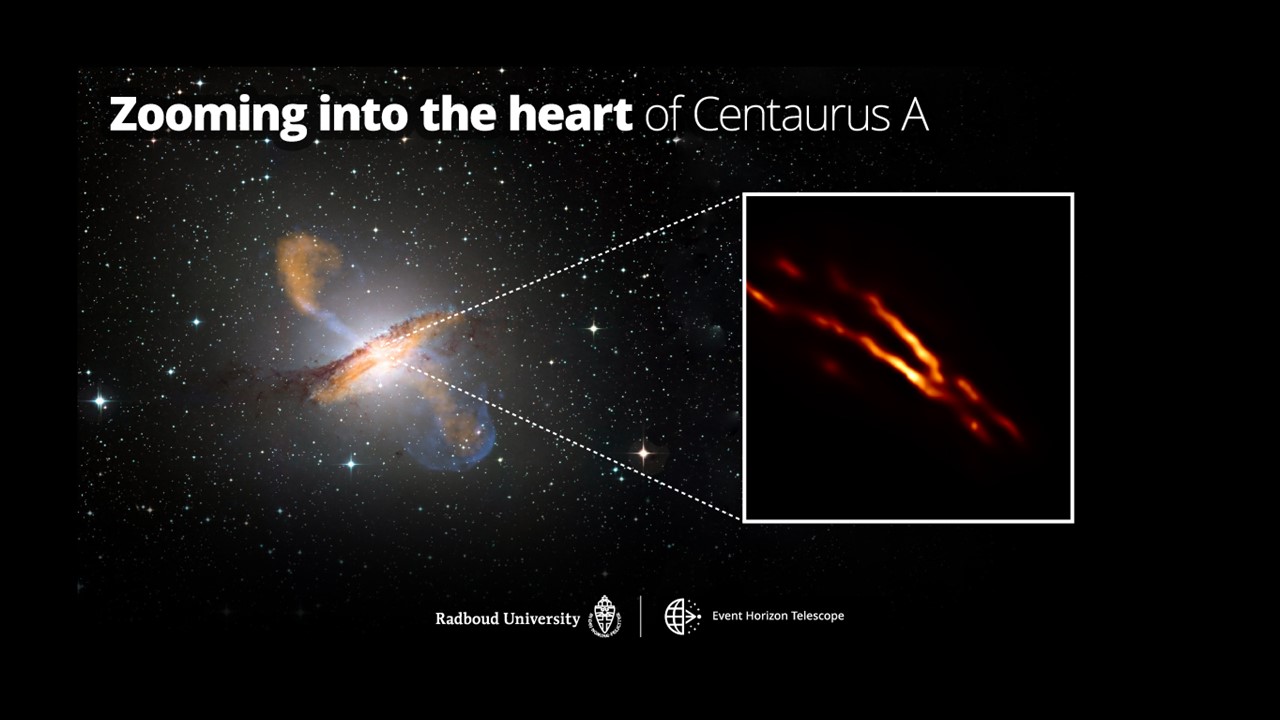Dyson Spheres have been a tantalising digression in the hunt for alien intelligence. Just recently seven stars have been identified as potential candidates with most of their radiation given off in the infrared wavelengths. Potentially this is the signature of heat from a matrix of spacecraft around the star but alas, a new paper has another slightly less exciting explanation; dust obscured galaxies.
Continue reading “There’s Another, More Boring Explanation for those Dyson Sphere Candidate Stars”Astronomers Think They’ve Found Examples of the First Stars in the Universe

When the first stars in the Universe formed, the only material available was primordial hydrogen and helium from the Big Bang. Astronomers call these original stars Population Three stars, and they were extremely massive, luminous, and hot stars. They’re gone now, and in fact, their existence is hypothetical.
But if they did exist, they should’ve left their fingerprints on nearby gas, and astrophysicists are looking for it.
Continue reading “Astronomers Think They’ve Found Examples of the First Stars in the Universe”eROSITA Sees Changes in the Most Powerful Quasar
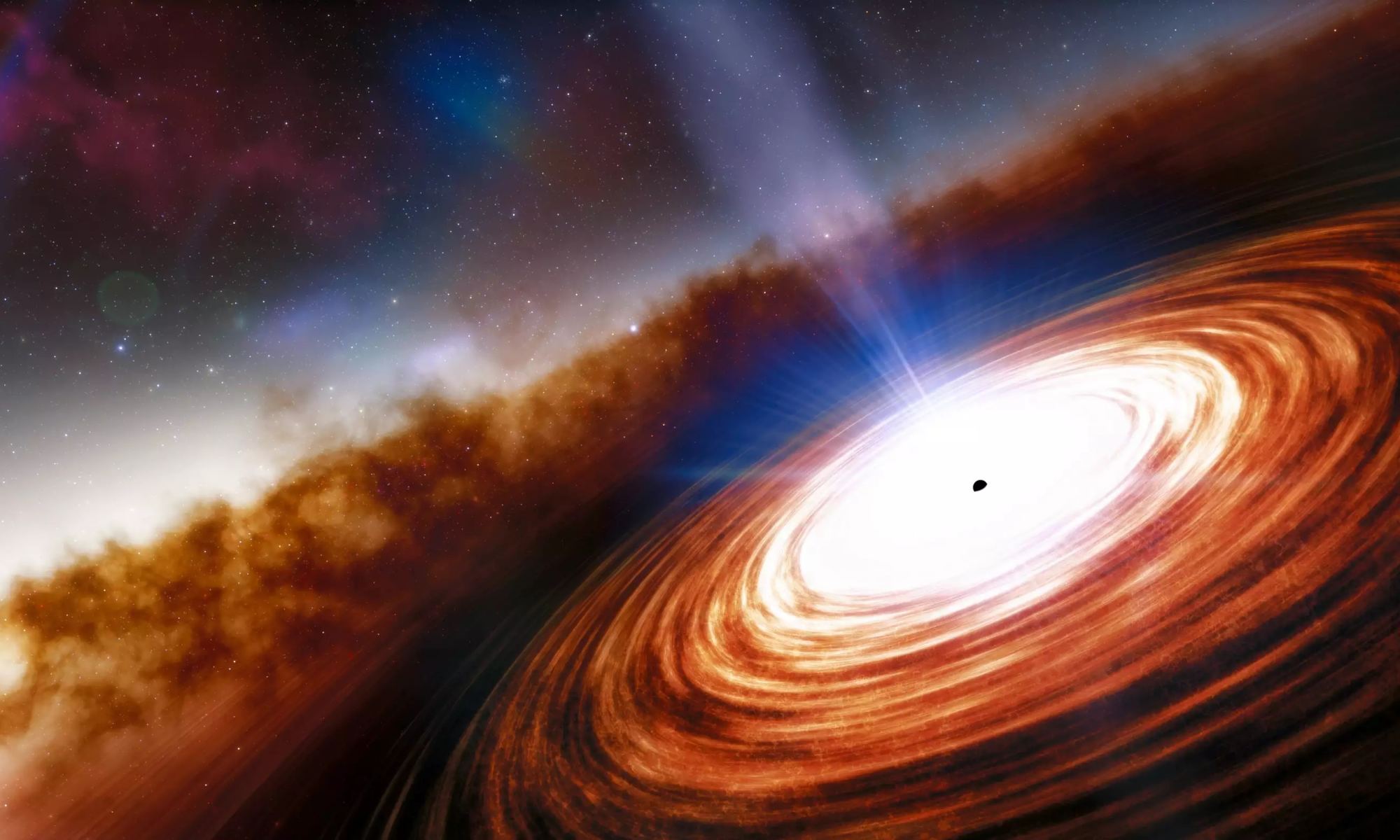
After almost seventy years of study, astronomers are still fascinated by active galactic nuclei (AGN), otherwise known as quasi-stellar objects (or “quasars.”) These are the result of supermassive black holes (SMBHs) at the center of massive galaxies, which cause gas and dust to fall in around them and form accretion disks. The material in these disks is accelerated to close to the speed of light, causing it to release tremendous amounts of radiation in the visible, radio, infrared, ultraviolet, gamma-ray, and X-ray wavelengths. In fact, quasars are so bright that they temporarily outshine every star in their host galaxy’s disk combined.
The brightest quasar observed to date, 100,000 billion times as luminous as our Sun, is known as SMSS J114447.77-430859.3 (J1144). This AGN is hosted by a galaxy located roughly 9.6 billion light years from Earth between the constellations Centaurus and Hydra. Using data from the eROSITA All Sky Survey and other space telescopes, an international team of astronomers conducted the first X-ray observations of J1144. This data allowed the team to investigate prevailing theories about AGNs that could provide new insight into the inner workings of quasars and how they affect their host galaxies.
Continue reading “eROSITA Sees Changes in the Most Powerful Quasar”Galactic Black Hole Winds Blow Up to a Third the Speed of Light. The Impact on Their Galaxies is Impressive.
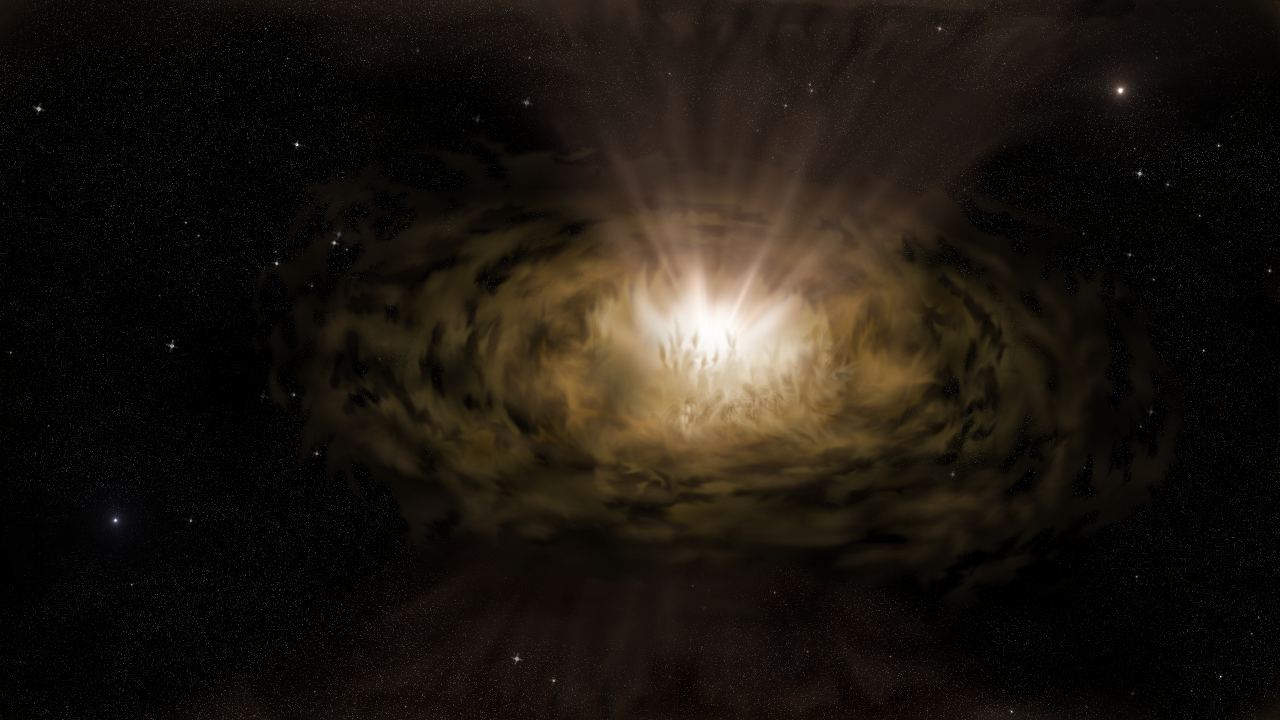
They are known as ultra-fast outflows (UFOs), powerful space winds emitted by the supermassive black holes (SMBHs) at the center of active galactic nuclei (AGNs) – aka. “quasars.” These winds (with a fun name!) move close to the speed of light (relativistic speeds) and regulate the behavior of SMBHs during their active phase. These gas emissions are believed to fuel the process of star formation in galaxies but are not yet well understood. Astronomers are interested in learning more about them to improve our understanding of what governs galactic evolution.
This is the purpose of the SUper massive Black hole Winds in the x-rAYS (SUBWAYS) project, an international research effort dedicated to studying quasars using the ESA’s XMM-Newton space telescope. The first results of this project were shared by a group of scholars led by the University of Bologna and the National Institute for Astrophysics (INAF) in Italy. In the paper that describes their findings, the team presented X-ray spectroscopic data to characterize the properties of UFOs in 22 luminous galaxies.
Continue reading “Galactic Black Hole Winds Blow Up to a Third the Speed of Light. The Impact on Their Galaxies is Impressive.”Dust is Hiding how Powerful Quasars Really are

In the 1970s, astronomers discovered that the persistent radio source at the center of our galaxy was a supermassive black hole (SMBH). Today, this gravitational behemoth is known as Sagittarius A* and has a mass roughly 4 million times that of the Sun. Since then, surveys have shown that SMBHs reside at the center of most massive galaxies and play a vital role in star formation and galactic evolution. In addition, the way these black holes consume gas and dust causes their respective galaxies to emit a tremendous amount of radiation from their Galactic Centers.
These are what astronomers refer to as Active Galactic Nuclei (AGN), or quasars, which can become so bright that they temporarily outshine all the stars in their disks. In fact, AGNs are the most powerful compact steady sources of energy in the Universe, which is why astronomers are always trying to get a closer look at them. For instance, a new study led by the University of California, Santa Cruz (UCSC) indicates that scientists have substantially underestimated the amount of energy emitted by AGN by not recognizing the extent to which their light is dimmed by dust.
Continue reading “Dust is Hiding how Powerful Quasars Really are”This is How a Supermassive Black Hole Feeds
At the heart of most massive galaxies in our Universe, there are supermassive black holes (SMBH) on the order of millions to billions of times the mass of the Sun. As these behemoths consume gas and dust that’s slowly fed into their maws, they release tremendous amounts of energy. This leads to what is known as an Active Galactic Nucleus (AGN) – aka. a quasar – which can sometimes send hypervelocity jets of material for light-years.
Since they were first discovered, astrophysicists have suspected that SMBHs play an important role in the formation and evolution of galaxies. However, as a result, there has also been considerable research dedicated to how these massive objects form and evolve themselves. Recently, a team of astrophysicists conducted a high-powered simulation that showed exactly how SMBHs feed and determined that a galaxy’s arms play a vital role.
Continue reading “This is How a Supermassive Black Hole Feeds”You can Tell how big a Black Hole is by how it Eats

Black holes don’t emit light, which makes them difficult to study. Fortunately, many black holes are loud eaters. As they consume nearby matter, surrounding material is superheated. As a result, the material can glow intensely, or be thrown away from the black hole as relativistic jets. By studying the light from this material we can study black holes. And as a recent study shows, we can even determine their size.
Continue reading “You can Tell how big a Black Hole is by how it Eats”The Event Horizon Telescope Zooms in on Another Supermassive Black Hole
On April 10th, 2019, the world was treated to the first image of a black hole, courtesy of the Event Horizon Telescope (EHT). Specifically, the image was of the Supermassive Black Hole (SMBH) at the center of the supergiant elliptical galaxy known as M87 (aka. Virgo A). These powerful forces of nature are found at the centers of most massive galaxies, which include the Milky Way (where the SMBH known as Sagittarius A* is located).
Using a technique known as Very-Long-Baseline Interferometry (VLBI), this image signaled the birth of a new era for astronomers, where they can finally conduct detailed studies of these powerful forces of nature. Thanks to research performed by the EHT Collaboration team during a six-hour observation period in 2017, astronomers are now being treated to images of the core region of Centaurus A and the radio jet emanating from it.
Continue reading “The Event Horizon Telescope Zooms in on Another Supermassive Black Hole”Supermassive Black Hole Orbits an Even More Massive Black Hole, Crashing Through its Accretion Disk Every 12 Years
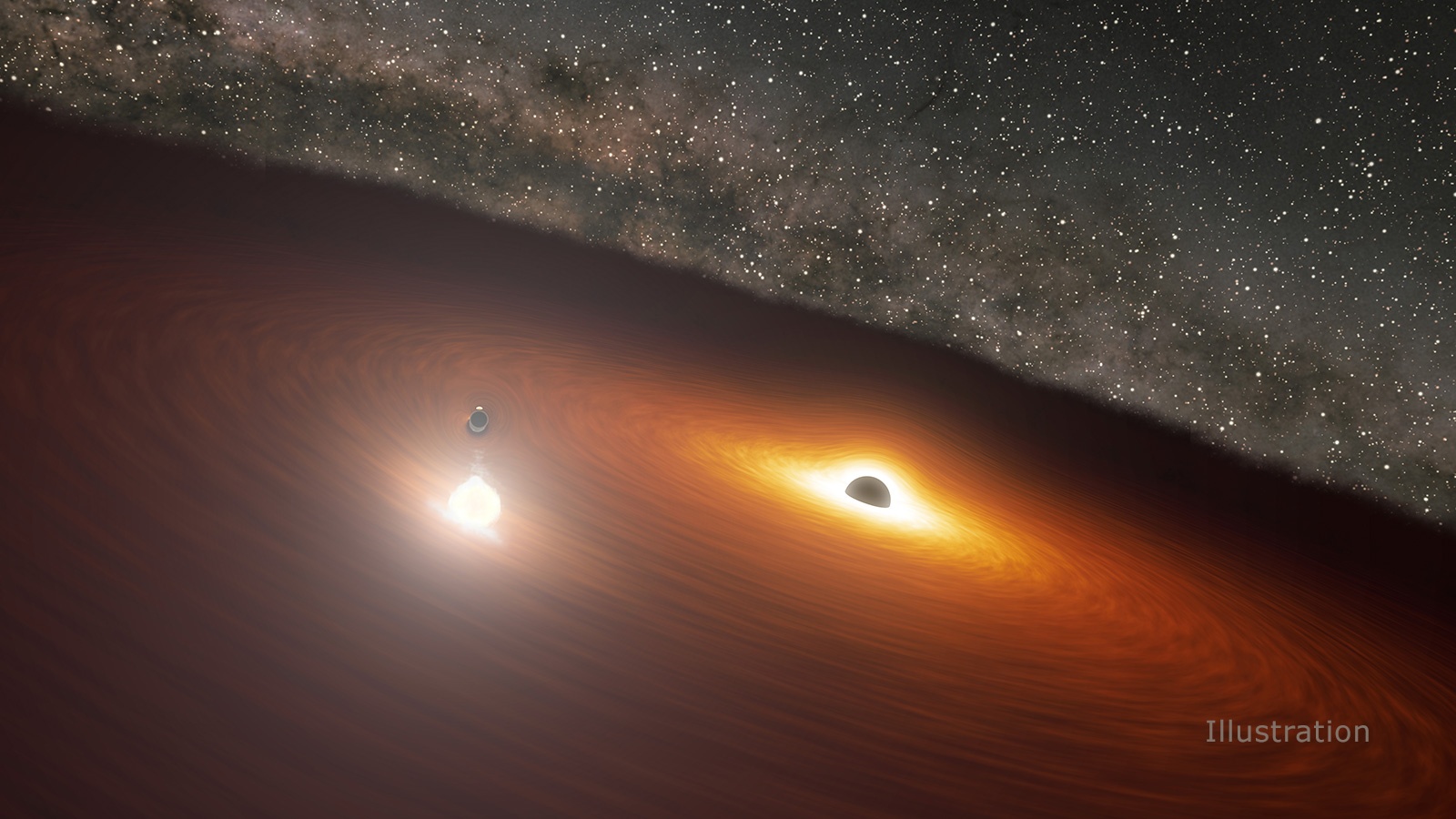
NASA’s Spitzer Space Telescope may be retired, but the things it witnessed during its sixteen and a half year mission will be the subject of study for many years to come. For instance, Spitzer is the only telescope to witness something truly astounding occurring at the center of the distant galaxy OJ 287: a supermassive black hole (SMBH) orbited by another black hole that regularly passes through its accretion disk.
Whenever this happens, it causes a flash that is brighter than all the stars in the Milky Way combined. Using Spitzer‘s observations, an international team of astronomers was able to finally create a model that accurately predicts the timing of these flashes and the orbit of the smaller black hole. In addition to demonstrating General Relativity in action, their findings also provide validation to Stephen Hawking‘s “no-hair theorem.”
Continue reading “Supermassive Black Hole Orbits an Even More Massive Black Hole, Crashing Through its Accretion Disk Every 12 Years”New Technique for Estimating the Mass of a Black Hole
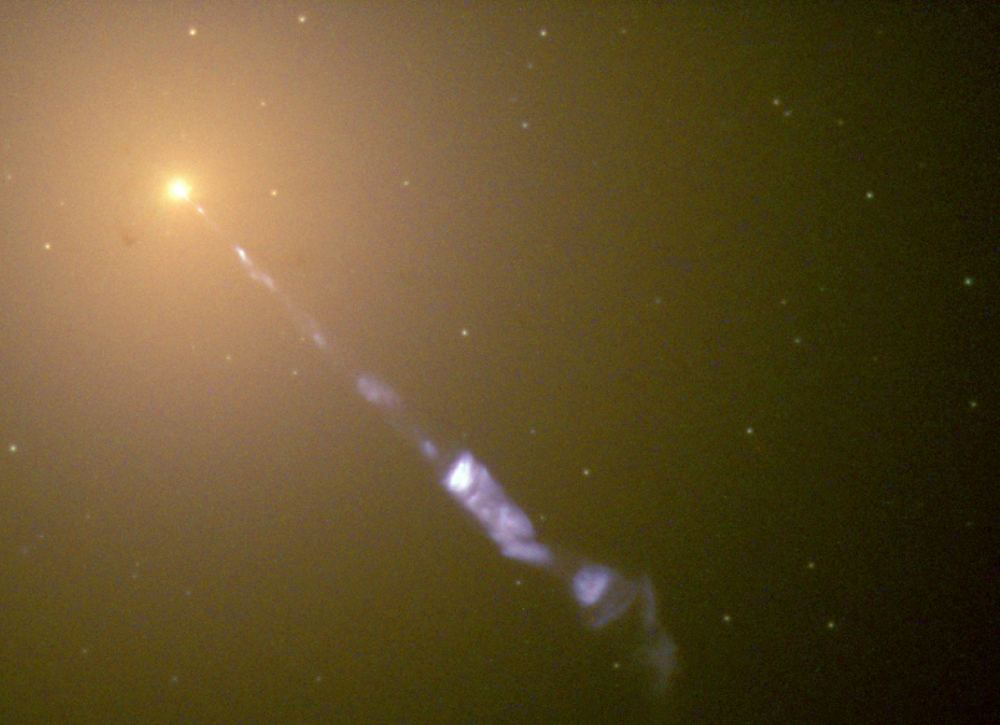
Black holes are the one the most intriguing and awe-inspiring forces of nature. They are also one of the most mysterious because of the way the rules of conventional physics break down in their presence. Despite decades of research and observations there is still much we don’t know about them. In fact, until recently, astronomers had never seen an image of black hole and were unable to guage their mass.
However, a team of physicist from the Moscow Institute of Physics and Technology (MIPT) recently announced that they had devised a way to indirectly measure the mass of a black hole while also confirming its existence. In a recent study, they showed how they tested this method on the recently-imaged supermassive black hole at the center of the Messier 87 active galaxy.
Continue reading “New Technique for Estimating the Mass of a Black Hole”

